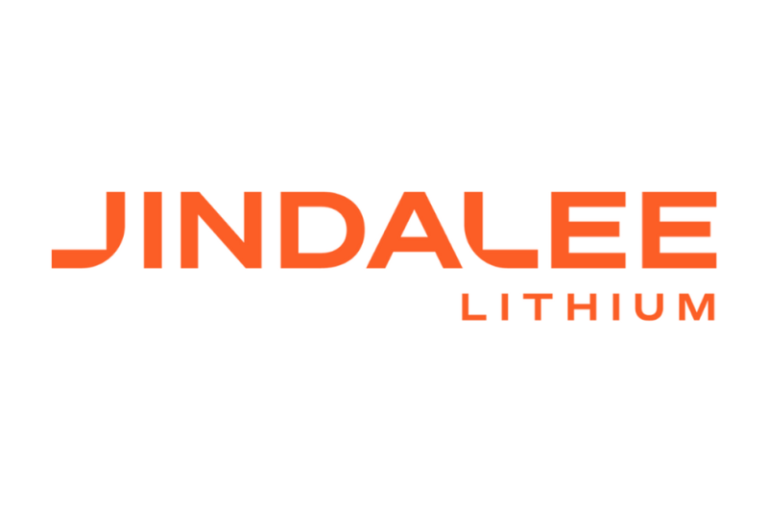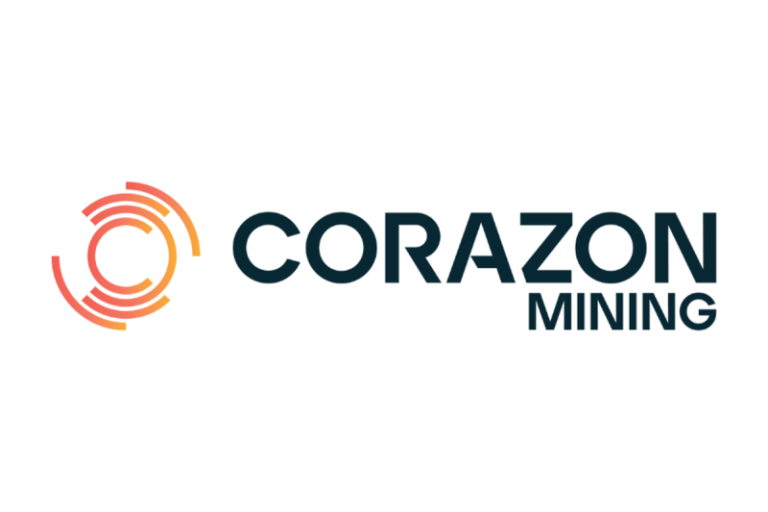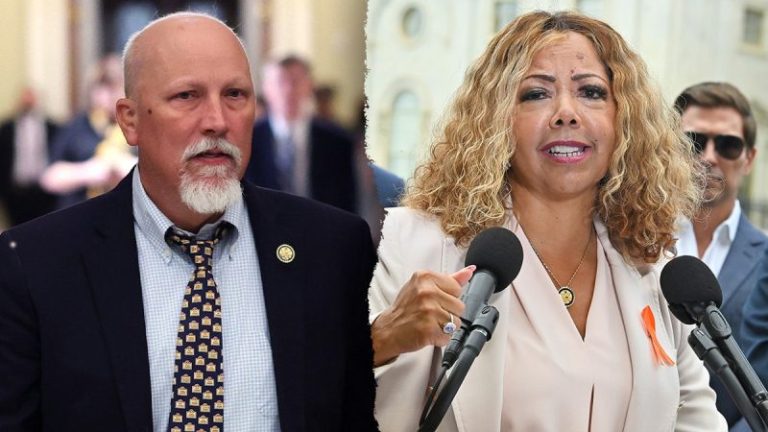Rzolv Technologies Inc. (TSXV: RZL) (‘RZOLV’ or the ‘Company’) is pleased to announce the appointment of Mark Orsmond as Chief Financial Officer (‘CFO’), effective December 1, 2025.
Mr. Orsmond is a seasoned Business and Finance executive with more than 25 years of proven success in leading, scaling, and transforming companies into major global enterprises.
Mark has held key positions in the mining sector, including CFO of Minco Mining, VP Corporate Development for Minco Silver, and director of Keegan Resources. He was CFO and Executive Vice President of the ALL-SEA Group of Companies and served as Chief Financial Officer and Executive Vice President of the Corix Group of Companies, one of North America’s leading water infrastructure companies, operating across 30 U.S. states and three Canadian provinces. At Corix, he managed a finance organization of 45 professionals and oversaw a treasury exceeding $1.6 billion.
In recent years, Mark has focused on the rapidly growing EV technology sector, serving as CFO of both Taiga Motors (TSX: TAIG) and ElectraMeccanica (NASDAQ: SOLO).
‘We are pleased to welcome Mark to the RZOLV management team in what will be a seamless transition,’ said Duane Nelson, Chief Executive Officer and Director of RZOLV. ‘Mark’s experience will be invaluable as we continue the research and development and commercialization our water-based reagent for gold and critical-mineral extraction from ores, concentrates, and mine waste streams.’
Effective December 1st, 2025, Grant Bond who has served as Chief Financial Officer since 2022, stepped down from his role as CFO. He will continue to provide assistance to the Company as needed during a transition period in a consulting capacity. The Company thanks Mr. Bond for his long-standing dedication and significant contributions to RZOLV and wishes him all the best in his future endeavors.
RZOLV also retained Departures Capital Inc. (‘DC’) to provide an electronic advertising and marketing campaign for a period of 12 months (1 year) at a cost of $35,000 plus GST pursuant to a service contract dated October 22, 2025. DC is arm’s length to the Company and, to the knowledge of the Company, DC and its principals do not have any present equity interest in the Company’s securities, directly or indirectly, or any right to acquire any equity interest. DC can be reached at #1500 – 409 Granville Street, Vancouver, British Columbia, (519) 590-6985, Email: contact@departurescapital.com.
About Rzolv Technologies Inc.
Rzolv Technologies Inc. is a clean-tech company developing innovative, non-toxic solutions that aim to transform gold extraction and mine-site remediation. The Company’s flagship product, RZOLV, is a proprietary water-based hydrometallurgical formula that provides a sustainable, safe alternative to sodium cyanide for the dissolution and recovery of gold.
Cyanide has been the industry standard for more than a century, yet its toxicity has resulted in bans or restrictions across multiple jurisdictions, along with significant permitting, handling, and ESG challenges for mining companies. RZOLV delivers comparable performance and cost metrics to cyanide while offering a non-toxic, reusable, and environmentally sustainable profile, enabling gold extraction in regions, ore types, and project settings where cyanide use is impractical, prohibited, or socially unacceptable. For more information: https://www.rzolv.com.
Cautionary Note
Neither the TSXV nor its Regulation Services Provider (as that term is defined in policies of the TSXV) accepts responsibility for the adequacy or accuracy of this release.
For further information, please contact:
Contact
Duane Nelson
Email: duane@rzolv.com
Phone: (604) 512-8118
Cautionary Note Regarding Forward-Looking Statements
This news release contains statements that constitute ‘forward-looking statements.’ Such forward looking statements involve known and unknown risks, uncertainties and other factors that may cause the Company’s actual results, performance or achievements, or developments to differ materially from the anticipated results, performance or achievements expressed or implied by such forward-looking statements. Forward-looking statements are statements that are not historical facts and are generally, but not always, identified by the words ‘expects,’ ‘plans,’ ‘anticipates,’ ‘believes,’ ‘intends,’ ‘estimates,’ ‘projects,’ ‘potential’ and similar expressions, or that events or conditions ‘will,’ ‘would,’ ‘may,’ ‘could’ or ‘should’ occur. Forward-looking statements in this news release include, among others, statements relating to the Effective Date that the Common Shares will commence trading under the Company’s new name on the TSXV.
By their nature, forward-looking statements involve known and unknown risks, uncertainties and other factors which may cause our actual results, performance or achievements, or other future events, to be materially different from any future results, performance or achievements expressed or implied by such forward-looking statements. Such factors and risks include, among others: the Common Shares will not commence trading under Company’s new name on the TSXV on the Effective Date.
The forward-looking information in this news release is based on management’s reasonable expectations and assumptions as of the date of this news release. Certain material assumptions regarding such forward-looking statements were made, including without limitation, assumptions regarding: the Common Shares will commence trading under the Company’s new name on the TSXV on the Effective Date.
The forward-looking information contained in this news release represents the expectations of the Company as of the date of this news release and, accordingly, is subject to change after such date. There can be no assurances that such statements will prove to be accurate and actual results and future events could differ materially from those anticipated in such statements. Readers should not place undue importance on forward-looking information and should not rely upon this information as of any other date. The Company undertakes no obligation to update these forward-looking statements in the event that management’s beliefs, estimates or opinions, or other factors, should change.
To view the source version of this press release, please visit https://www.newsfilecorp.com/release/276694










